+39 329 448 3644 info@rusrim.com +39 389 59 75 184
Sightseeing private car tour of Rome and Vatican with local driver guide
25 km tour with entrances included
A one-day guided tour experience lasting minimum 3 hours or more BY CAR for groups of up to 5 people. Rome tours of main squares, fountains, churches and museums selected for you. The private tour of Rome and the Vatican city, includes short walks on foot for visits of monuments and stops for taking pictures and a lunch or a coffee break. The sequence of monuments and their choice will display a historical and artistic evolution of the Eternal City.
Private tour of Rome with Adel Karanov – Art guide & music composer
Rome private tour
Franco Buttiglieri , music Adel Karanov guide in Rome
Private car tour in Rome – english guide with car from Eur 50 for pax Price for the tour of 6 pax Private tour 3H + 1 H free = 4H or Total 200Eur for the tour in case of 4pax include guide, car and entrances or Day tour of Rome
Rome – Tuscany Florence – Umbria – Veneto Venice – Trentino – Lombardia Milano private tours with driver guide
ROMA – VIDEO – electronic music and sound design by Adel Karanov – VIDEO rusrim car tours in central Italy
As well as a perfect overview of the different types of styles in the arts of architecture and sculpture and painting. Many monuments, private art collections, entrances to palaces are offered exclusively by RUSRIM. tour guides.
List of monuments
Piazza Barberini, Palazzo del Quirinale, Fontana di Trevi, Colosseo, Piazza Esedra, Fontana delle Naiadi, Basilica Santa Maria degli angeli, Circus maximus, Avenitino hill, Basilica di Santa Sabina, The orange garden, Rome rose garden, Order of Malta, Pyramid of Cestius,Piazza Venezia, Campidoglio hill, Bocca della Verità, Temple of Portunus, Tempio di Ercole Vincitore, Janiculum Hill, Tempietto del Bramante, San Peter square and basilica San Pietro
Our art guides are also graduates having obtained painting, dance, music or literature diplomas and are active artists working in Italy. Rusrim private tours in Italy with driver guide
Inside the guided tour experience you can choose to visit important archaeological areas like dungeons, catacombs, ancient walls, sacred places and secret areas accessible to limited number of people. The collection of Greek and Roman classical sculptures offering sculptures of emperors, athletes, mythological figures and ancient deities can be viewed in an exclusive way.
During the guided tour you can have a break for tasting of local food preferred by Roman elite.
In summer the most popular organic ice cream shop in Rome is a place to drop in.
Private tour of Rome and Vatican
List of the monuments
Rome and Vatican – car tour with private guide with car in english, french, bulgarian, russian, and ukrainian
- Piazza Barberini square – Fontana del Tritone or Triton Fountain (1642–3) sculpted by Bernini
- The Barberini famiy private tour VIDEO by RusRim
- Palazzo del Quirinale – Official residence of the President of the Italian Republic
- Fontana di Trevi – The Trevi fountain a happy and successful marriage of classicism and baroque, was planned as an exhibition of the Acqua Vergine by Nicola Salvi under the patronage of
Clement XII. Pope Urban VIII Barberini had already instructed Gian Lorenzo Bernini to «transform» the piazza and the fountain. but the project was never carried out. Set along one side of Palazzo Poli, the Fountain, which was made by Nicola Salvi between 1732 and 1763, represents an original and imaginative fusion, in the Berninian Style, of architecture, sculpture and the natural elements which contribute to the Fountain’s unique character. The theme of the sculpture is the sea. The design is dominated by a charior in the form of a shell in which the great statue of Neptune by Pietro Bracci stands, flanked in the side niches by Health and Plenty, the works of Filippo Della Valle. The charior is pulled by marine horses. who are in turn preceded by tritons. The marine divinities are placed on rocks of irregular blocks of travertine. The fountain sprawls below the facade of the palazzo behind it, which is in rigidly classicising Style, based on the triumphal arch model, with further sculptures in niches as well as in the attic storey and an elegant balustrade. The surrounding houses crowd round the splendid monument, giving the impression of an amphitheatre, while the noise of the fountain’s water can be heard From the maze of surrounding streets up to the moment when the snow-white scene appears miraculously before the astonished eyes of the visitor.
- – Piazza Esedra
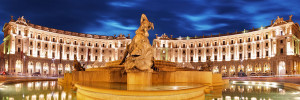
Fontana delle Naiadi – Piazza della Repubblica Roma – Private car tour of Rome
– Fontana delle Naiadi
– Basilica Santa Maria degli angeli e dei Martiri (part of the Terme di Diocleziano emperor) by Michelangelo Buonarroti - Santa Maria degli angeli
- Colosseo – Anfiteatro Flavio – Amphitheatrum Flavium –
From the moment it was built, the grandeur of the Flavian Amphitheatre has conditioned Rome’s urban landscape and it still dominates the ancient centre. Its arcaded surface was
chosen as the theatrical background to the Via dei Fori lmperiali. It was the first amphitheatre to be built in Rome in the form of a monument. In the Republican age the gladiatorial games took place in the Roman Forum, where temporary wooden structures were provided for the occasion. Vespasian, the founder of the Flavian dynasty, emerged victorious from the civil war which followed Nero’s death in 69 AD. As part of a coherent political scheme, the new Emperor decided to dedicate the huge urban spaces and works of art appropriated by Nero to the public, for their enjoyment. The organisation of the internal seating was Strictly governed by the laws established by Augustus, through which spectators were seated according to their social class.
- In the Basilica of San Clemente, which was built at the beginning of the 12th century, the ancient paintings From the first early Christian basilica have survived and mosr of the apse and arch mosaics are intact. The main subject of the cycle of Frescoes dating back to the end of the 11th century. in the present lower church. is the celebration of the titular saint: the martyr Pope of the primitive church. Clemente. The episodes relating to the life of the saint are portrayed in the nave. The cycle also includes Stories From the other saints, including the legend of Saint Alessio.
- Circus maximus- Circo Massimo – it was the first and largest stadium in ancient Rome and its later Empire
- Avenitino hill – Colle Aventino
Fountain of Aventino – Rome car tours
- Basilica di Santa Sabina and Porta lignea di Santa Sabina The orange garden – The Basilica of Santa Sabina is situated on the slopes of the Aventine. lts foundations, which document almost a thousand years of hisrory, testify to the lively building acrivity, which, in antiquity, had as its backdrop this hill which was then so rich in springs and vegetation.
- Parco degli aranci and the romantic view of Rome in Vatican direction
- Rome rose garden – Giardino delle rose – Over 1100 varieties of roses are grown there, many of them gifts from countries around the world.
- Order of Malta square – Sovrano militare ordine di Malta Roma – Piazza Cavalieri di Malta – Sovereign Military Order of Malta (SMOM) or Order of Malta is the modern Rome-based continuation of the medieval Knights Hospitaller. The entity retains sovereignty under international law, including permanent observer status at the United Nations, issuing its own passports, currency and postal stamps with the Maltese cross insignia.
- Pyramid of Cestius – Piramide di Caio Cestio – ancient pyramid in Rome built about 18 BC–12 BC as a tomb for Gaius Cestius, a magistrate and member of one of the four great religious corporations in Rome, the Septemviri Epulonum.
- Best Italian ice cream shop and the old bar pasticceria and local food
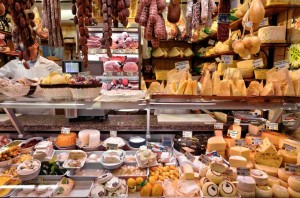 Food Italy Rome private tour
Food Italy Rome private tour - Piazza Venezia – Venezia square in ROME – It takes its name from the Palazzo Venezia, built by the Venetian Cardinal, Pietro Barbo – later Pope Paul II , alongside the church of Saint Mark, the patron saint of Venice. The Palazzo Venezia served as the embassy of the Republic of Venice in Rome.
Clolonna Traiana – Trajan’s Column Video 3D Music by Adel Karanov
https://youtu.be/KlghJPPcIpk
- Colonna Traiana – Trajan’s Column – Roman triumphal column that commemorates Roman emperor Trajan’s victory in the Dacian Wars. It was probably constructed under the supervision of the architect Apollodorus of Damascus at the order of the Roman Senate.
- Mercati di Traiano – Mercatus Traiani – Trajan’s Market was probably built in 100-110 AD by Apollodorus of Damascus. The huge architecrural complex of the forum and Trajan’s Markets was until late antiquity considered the most famous of Rome’s wonders. The impressive projecr was attributed to Apollodorus of Damascus, a Syrian architecr. who worked mainly under the Emperor Trajan, in the F: rst half of the second century AD. This architect, one of the few artisrs of whom records survive, Fused and reworked the Fundamental principles of Hellenistic and Roman architecture. The Markets, which were designed at the same time as Trajan’s forum, are set on the slopes of the Quirinale. with a series of superimposed terraces. The removal of part of the hill, to a height equivalent to that of Trajan’s column, had made space for the creation of a piazza (square) in the grand style. The complex, which was designed for commercial and storage use, is articulated on dilTerent levels, and its facade consisrs of a large exea’ra (curving wall), which includes the Forum’s eastern side, with eleven tabernae (booths) facing it.
- Campidoglio hill – Piazza del Campidoglio – Collis Capitōlīnus – It was the citadel (equivalent of the ancient Greek acropolis) of the earliest Romans. The existing design of the Piazza del Campidoglio and the surrounding palazzi was created by Renaissance artist and architect Michelangelo Buonarroti in 1536–1546. At the height of his fame, he was commissioned by the Farnese Pope Paul III, who wanted a symbol of the new Rome to impress Charles V, who was expected in 1538.
- Foro Romano – Roman forum panoramic view
- Theatre of Marcellus – Teatro marcello – Theatrum Marcelli – The theatre was 111 m in diameter and was the largest and most important theatre in Ancient Rome; it could originally hold between 11,000 and 20,000 spectators.
- Piazza della Bocca della Verità – The square lies in the ancient area of the Forum Boarium, just in front of the Tiber Island; it takes its name from the Bocca della Verità. The fountain in front of the two temples, called Fountain of the Tritons, released by Carlo Bizzaccheri. Besides the church, dating back to the late Middle Ages, the square houses the Arcus Argentariorum, the Arch of Janus, the Temple of Hercules Victor and the Temple of Portunus, a deity related to the ancient river harbour.
- Temple of Portunus – Tempio di Portuno – Its Ionic order has been much admired, drawn and engraved and copied since the 16th century (see illustration, right). The temple owes its state of preservation from its being converted to use as a church in 872 and rededicated to Santa Maria Egyziaca (Saint Mary of Egypt).
- Tempio di Ercole Vincitore – The Temple of Hercules Victor – Hercules the Winner or Hercules Olivarius – Dating from the later 2nd century BC By 1132 the temple had been converted to a church, known as Santo Stefano alle Carozze (St. Stephen ‘of the carriages).
- Fontana dei Tritoni – This fountain should be distinguished from the similarly named nearby Triton Fountain (Fontana del Tritone) by Bernini. The fountain was completed in 1715 by architect Carlo Francesco Bizzaccheri, during the works for the accommodation of the square in front of the basilica.
- Michelangelo Moses The coveted commission of his own splendid mausoleum by Julius II turned into an urter tragedy for Michelangelo, thanks to the continuous interruptions and endless modifications to which the original design was subjecr. Michelangelo threw himself into the projecr with great enthusiasm, following the firsr plan. This envisaged a mausoleum of three sroreys decorated with forty statues in marble, and bronze reliefs; the Moses was to form a pendant to the Statue of Saint Paul, borh being symbols of the mysrery of God’s revelation. Having spent a considerable time on producing numerous drawings and Studies, as well as choosing the marbles in Carrara, the sculptor was forced to abandon the project and concentrate firstly on the work in Saint Peter’s, to which Julius II apparently gave precedence, and, after that, on the ceiling of the Sistine Chapel. When the Pope died in 1513, Michelangelo returned to the projecr, although it had been very much reduced and modified: the mausoleum was no longer free-Standing but attached to the walls and it had Fewer statues. The artisr undertook to finish this second projecr within seven years, but, in face thirty years would pass before the end producr of the tomb in San Pietro in Vmcoli was achieved, work on this having only been resumed in 1532 after a long interruption. Between 1513 and 1515 Michelangelo worked on the statues of the first two Prisoners (today in the Louvre), which should have acted as telamons to hold up the architrave beside the two figures ofViCtories, and that of Moses. The latter undoubtedly represents one of the summits of Michelangelo‘s art in terms of expressiveness.
- Janiculum Hill – Colle del Gianicolo – Rome panoramic view
- Tempietto del Bramante – Tempietto di San Pietro in Montorio Built on the top of the Gianicolo, the tempietto (little temple) was commissioned by the King of Spain to consecrate the place in which, according to medieval tradition, Saint Peter, the martyr, founder of the Christian Church and flat pope, had been crucified. The young architeCt Bramante conceived it as a genuine martyrium in antique style. with a central plan and a circle of perimeter columns. The building must have been placed in a large square, which, however. was never built. In spite of the reduced size, the space has been planned in grandiose, monumental Style. It is evidently based on the study of the rules of harmony of the Roman Vitruvius, who advised the use of the Doric order of columns for buildings dedicated to masculine divinitics or mythological figures famous for their sum and courage. The architeCt Bramante did in Fact use the Doric order for the tempietto. giving it an air of rigour and economy, which is also due to limited use of excessive decoration and the sober harmony of the volumes.
- Fontana Paolina o Fontana dell’Acqua Paola – Il fontanone The big fountain – It was built in 1612 to mark the end of the Acqua Paola aqueduct, restored by Pope Paul V, and took its name from him. It was the first major fountain on the left bank of the River Tiber.
- Vaticano – The Vatican and Santa Cecilia
- San Peter square and basilica San Pietro The open space which lies before the basilica was redesigned by Gian Lorenzo Bernini from 1656 to 1667, under the direction of Pope Alexander VII.
The colossal Tuscan colonnades, four columns deep, frame the trapezoidal entrance to the basilica and the massive elliptical area which precedes it.
At the center of the ovato tondo stands an Egyptian obelisk of red granite, 25.5 metres tall, supported on bronze lions and surmounted by the Chigi arms in bronze, in all 41 metres to the cross on its top. The obelisk was originally erected at Heliopolis, Egypt, by an unknown pharaoh. During the Middle Ages, the gilt ball on top of the obelisk was believed to contain the ashes of Julius Caesar.
Arci Basilica di San Giovanni in Laterano
Private tour with driver guide – music by Adel Karanov
Exclusive Rome car tours with private local guide
We also offer a:
★ FLEXIBILE PROGRAMME ★ INSIDE TOURS OF MONUMENTS
★ SMALL GROUPS OF UP TO 6 PEOPLE
★ INDIVIDUAL CAR WITH A DRIVER ★ AN EXPERIENCED GUIDE
Extra visit of other monuments – Rome individual car tour
CAPITOLINE COLLECTIONS IN THE MONTEMARTINI POWER STATION Private tour of Rome from small group and individuals
-
Centrale Montemartini Roma – Musei capitolini private tour of Rome
This extraordinary example of industrial archaeology converted into a museum – the first public electricity plant, named after Giovanni Montemartini..
-
Rome National Etruscan Museum Villa Giulia- Museo nazionale etrusco di Villa Giulia – Individual private tour in Rome
-
Roman Catacombs Via Appia antica – Catacombe di San Sebastiano – Individual private tour in Rome
- Sant’Angelo Castle – Rome
Castel Sant Angelo – Private tour of the ancient Rome
The Tiber is dominated by the impressive Mole of Hadrian, built at the behest of the Emperor, probably designed by him and conceived as his personal mausoleum and tomb. Begun in about 123 AD and finished a year after the death of the Emperor by Antoninus Pius, it became the burial place of the Roman emperors up to Caracalla. To reach the mausoleum Hadrian had a bridge specially built opposite the entrance to the majestic building. The mausoleum was in the form of a square at whose corners there were statuary groups. Today the corners of the massive structure are reinforced by bastions erected in the course of the 16th century on the Pope’s wishes, and there are monuments which increase the security and isolation of the mausoleum, which had the appearance of a small fortified village. The tour of the museum inside includes superb cycles of frescoes from the School of Raphael, such as the frieze by Perin del Vaga recounting the tale of Cupid and Psyche, from 1545-1547, and the frescoes of the apartment of Pope Paul III which are attributed to the young Pellegrino Tibaldi.
ROME – ROMA
Sightseeing car tour of Rome
ROME and AROUND ROME PRIVATE CAR TOURS
LAZIO private tours
- Sightseeing tours of Rome with private guide and car
- Car tour of the Roman Castles and lakes around Rome – Castelli Romani
- Car tours of Tivoli villa D’Este, villa Adriana and Gregoriana
- Orvieto and Bolsena private tour from Rome with driver guide
- Luxury Rome tour with driver guide
- Private excursion of Rome with driver guide
PRIVATE CAR TOURS ROME – AROUND ROME – TUSCANY UMBRIA – ABRUZZO – LAZIO – VENETO and TRENTINO WITH DRIVER GUIDE – RUSRIM.COM
Small group tours in minivans ensuring the highest level of comfort. Our vehicles are fully equipped with all the options required for long trips, including air conditioning. An English speaking driver will be at your disposal for the whole day and will arrange the most satisfactory tour with you. CAR TOUR WITH GUIDE and CAR or on request with only ENGLISH speaking DRIVER
Individual excursions with private guide in Rome, Vatican, Tivoli, Roman Castles and other central Italy towns
Car excursions and tours from Rome with local private guide in:
Private guide in Rome contacts
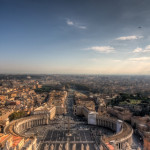
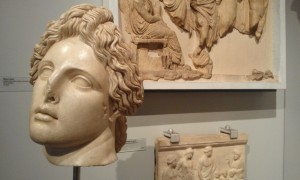
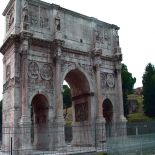
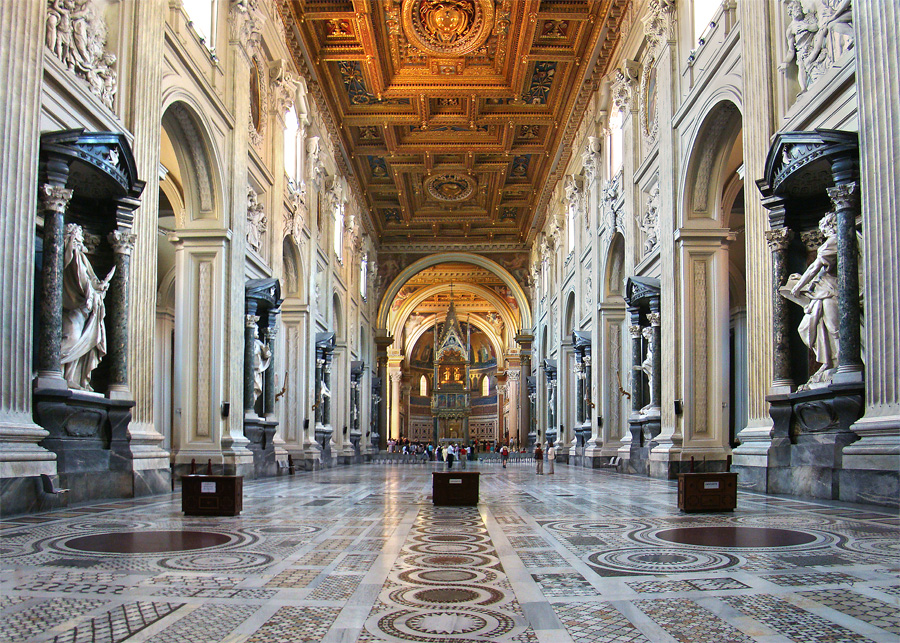
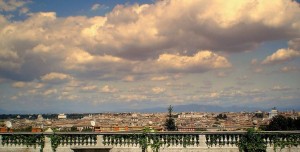
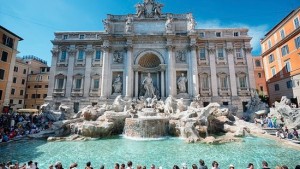
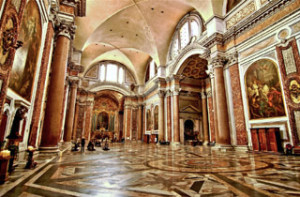
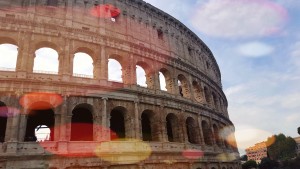
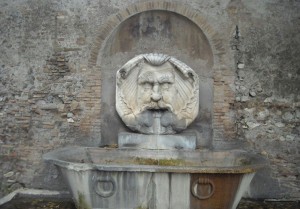
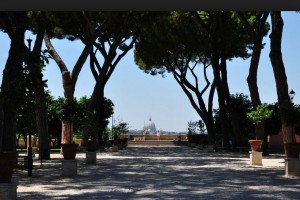
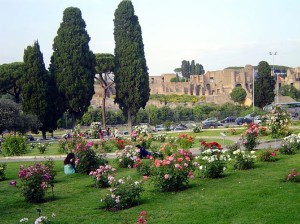
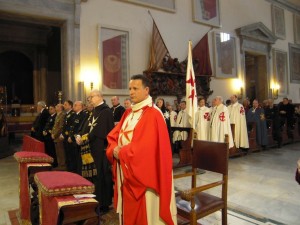
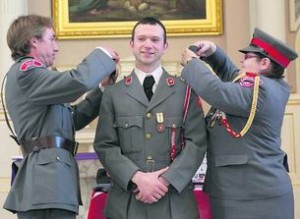
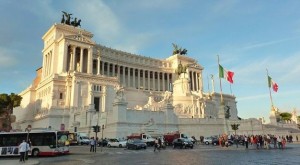
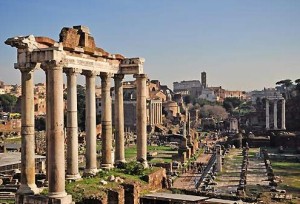
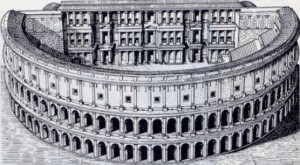
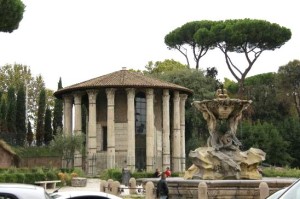
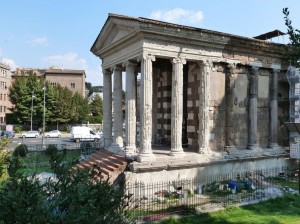
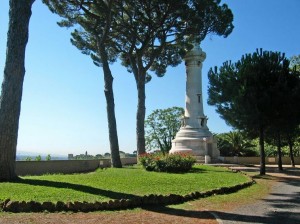
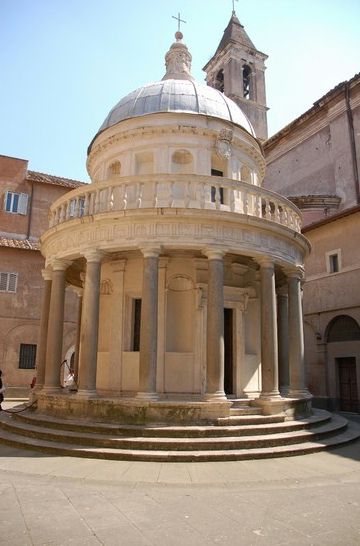
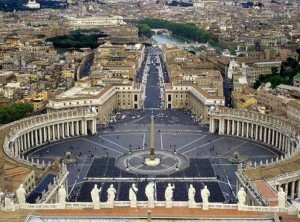
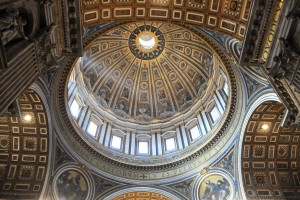
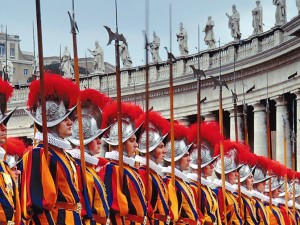
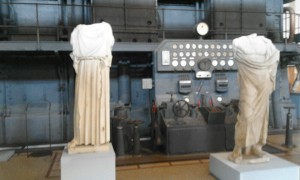
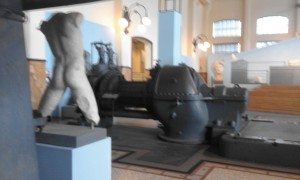
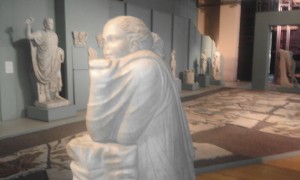
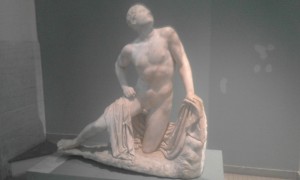
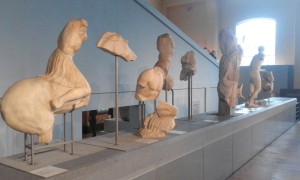

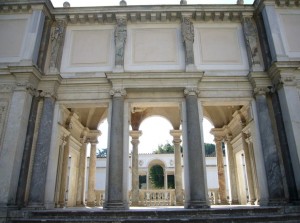
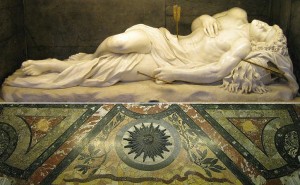

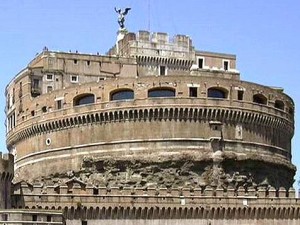
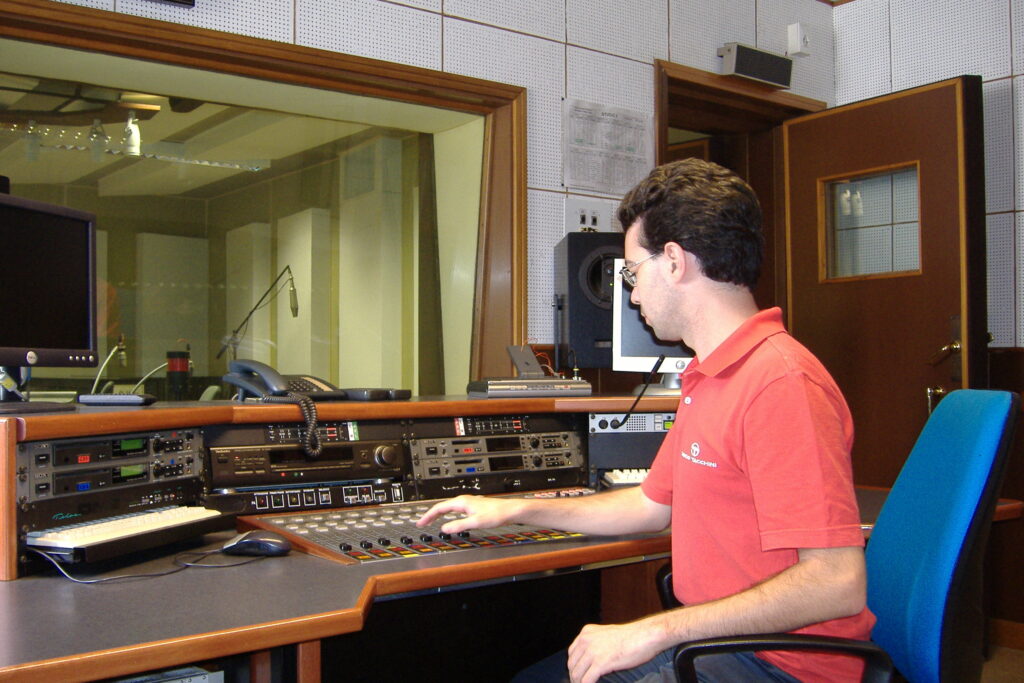
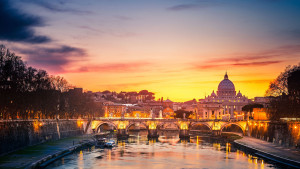
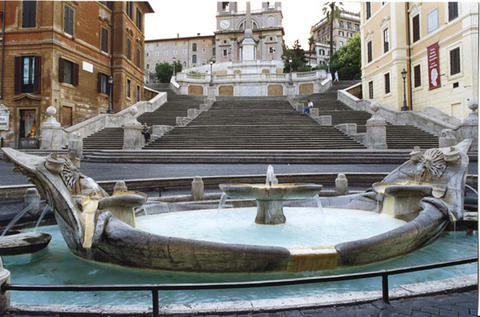

 Русский
Русский Български
Български Français
Français